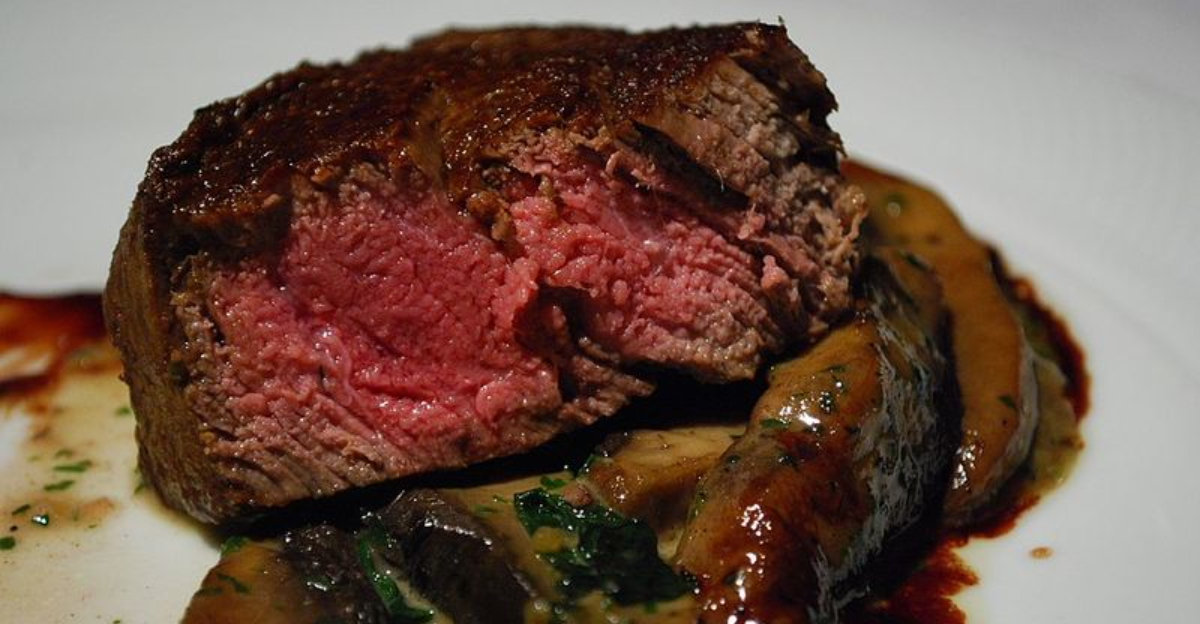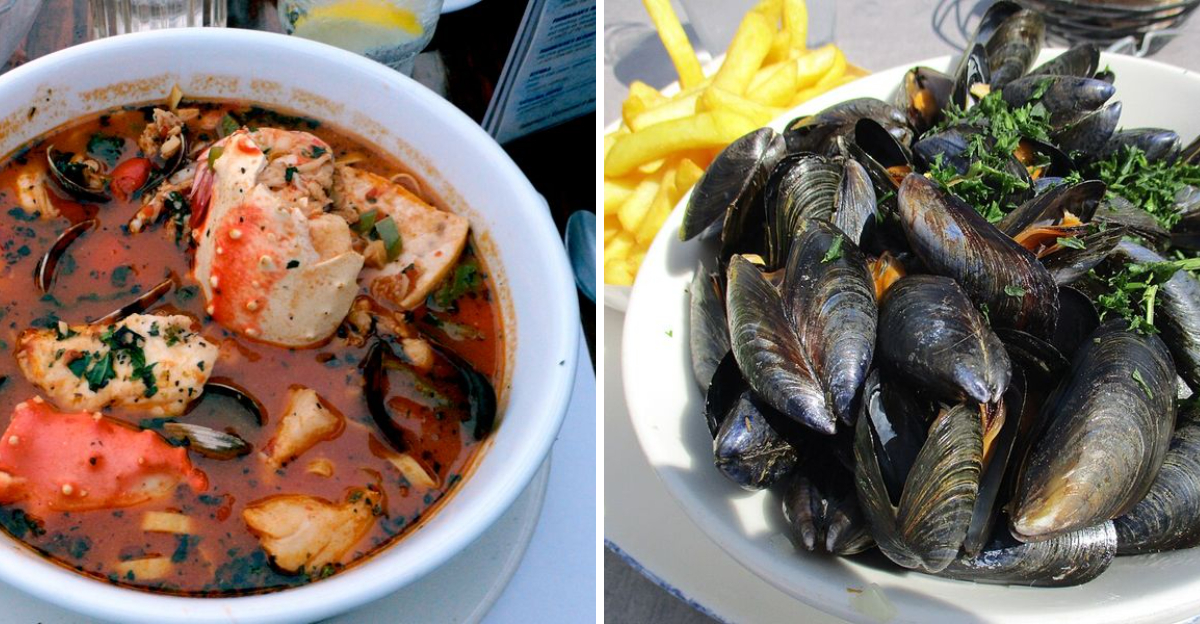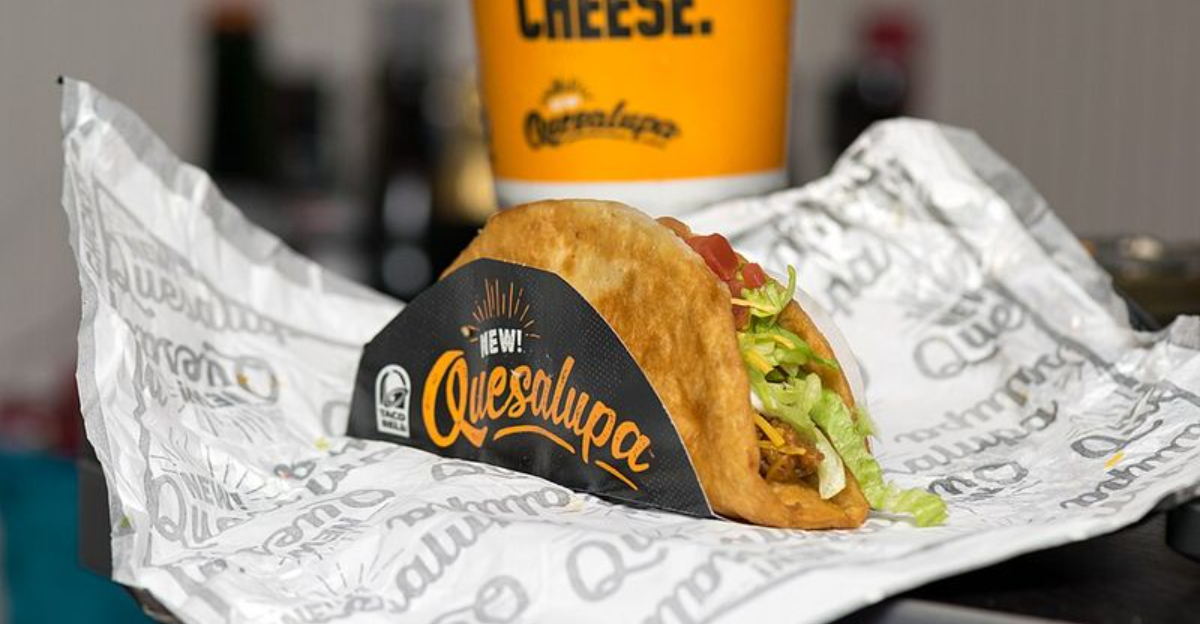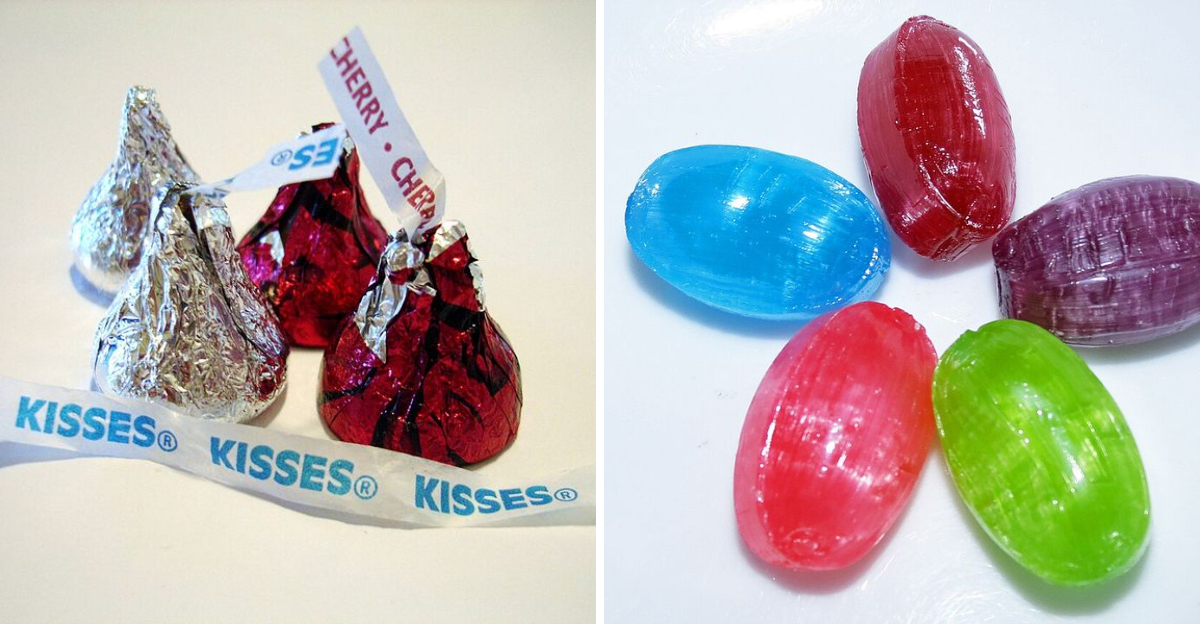Why American Cheese Doesn’t Qualify As Real Cheese
You might love those perfectly melted slices on your burger, but have you ever wondered what makes American cheese so different from cheddar or gouda?
Turns out, there’s a scientific and legal reason why that orange square in your fridge isn’t technically real cheese.
Let’s uncover the truth behind this popular pantry staple and why food experts draw a clear line between it and traditional varieties.
1. Processed Cheese Product
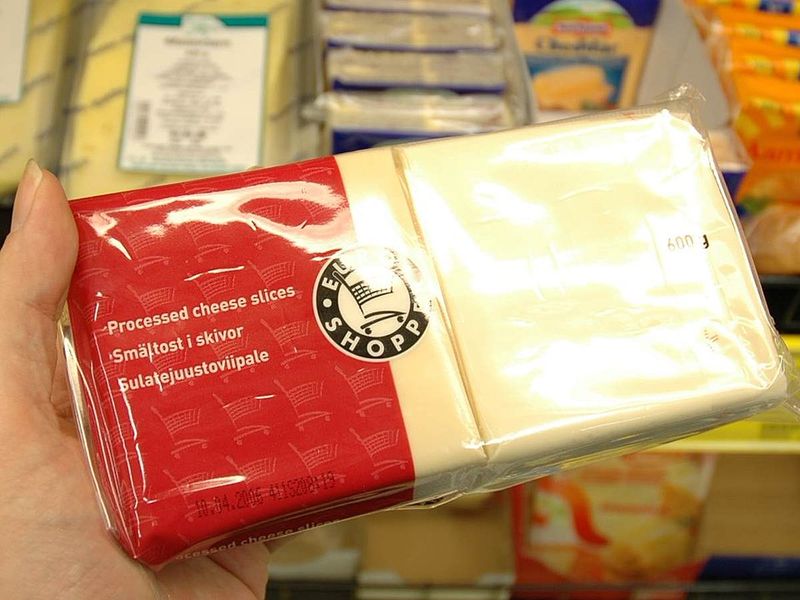
Ever notice how the package says something other than just cheese? That’s because legally, American cheese must be labeled as a processed cheese product. Real cheese comes straight from milk through aging and culturing.
What you’re getting instead is cheese that’s been broken down, mixed with other ingredients, and reassembled into those familiar slices. Regulations require this distinction to protect consumers.
2. Contains Dairy Derivatives

While real cheese needs just milk, cultures, and salt, American cheese takes a different route. Manufacturers add whey, milk proteins, and other dairy byproducts to create that signature texture.
Your favorite cheddar gets its character from aging milk naturally. But those individually wrapped slices? Built from dairy components rather than whole milk fermentation, making them fundamentally different at a molecular level.
3. Uses Emulsifiers
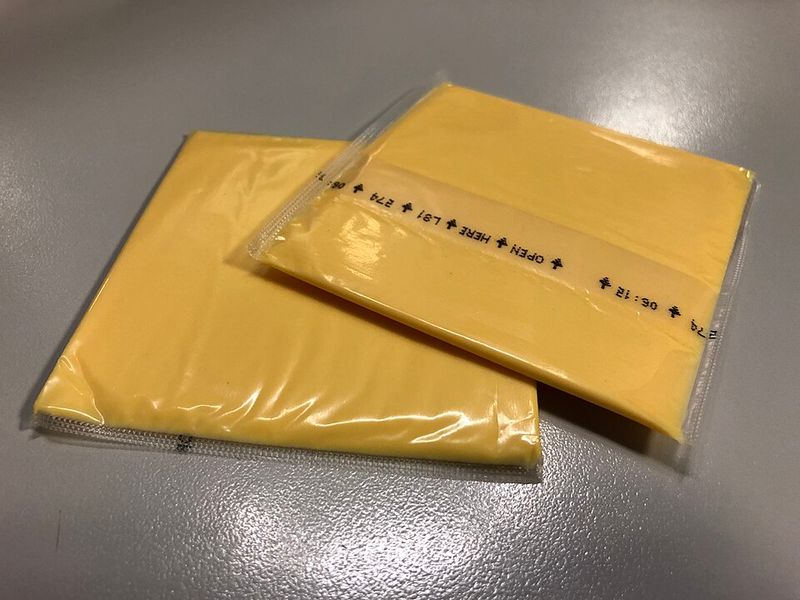
Chemistry class comes alive in every slice! Emulsifiers like sodium citrate keep the fats and water from separating. Traditional cheese relies on natural proteins to hold everything together during the aging process.
Without chemical helpers, real cheese would never achieve that uniform, smooth consistency. Emulsifiers are what make American cheese melt so evenly, but they also move it further from authentic dairy territory.
4. Melts Differently Than Real Cheese

Watch both types hit a hot pan and you’ll spot the difference immediately. American cheese becomes perfectly smooth and glossy, while authentic varieties might separate or get stringy.
That flawless melt happens thanks to those emulsifiers we mentioned earlier. Natural cheese contains proteins that behave unpredictably when heated. Your grilled cheese might be delicious, but it’s definitely not behaving like traditional dairy would.
5. FDA Standards Define Cheese Strictly
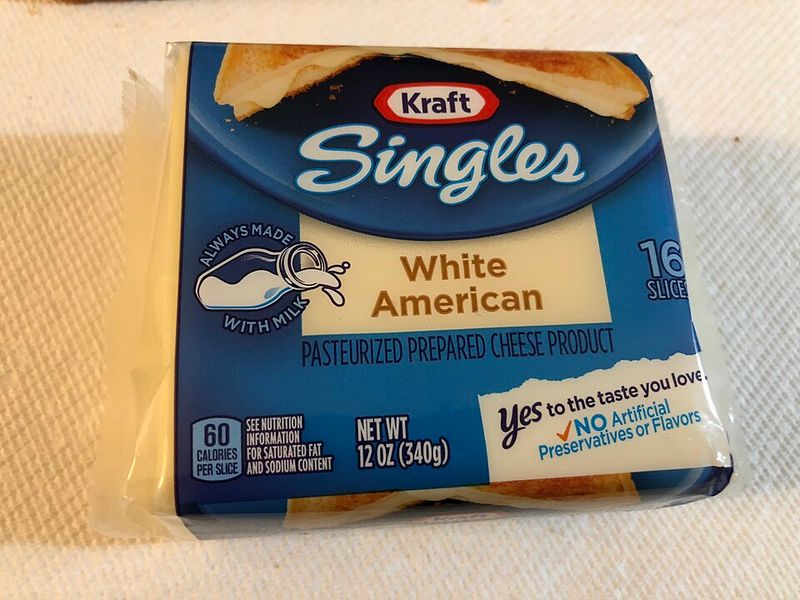
Government agencies don’t mess around when it comes to food labels. According to FDA regulations, real cheese must contain specific percentages of milk fat and moisture, with minimal additives allowed.
American cheese simply can’t meet those strict benchmarks. Too many extra ingredients and processing steps disqualify it from the official cheese category. Rules exist to ensure consumers know exactly what they’re buying at the grocery store.
6. Color Additives Used
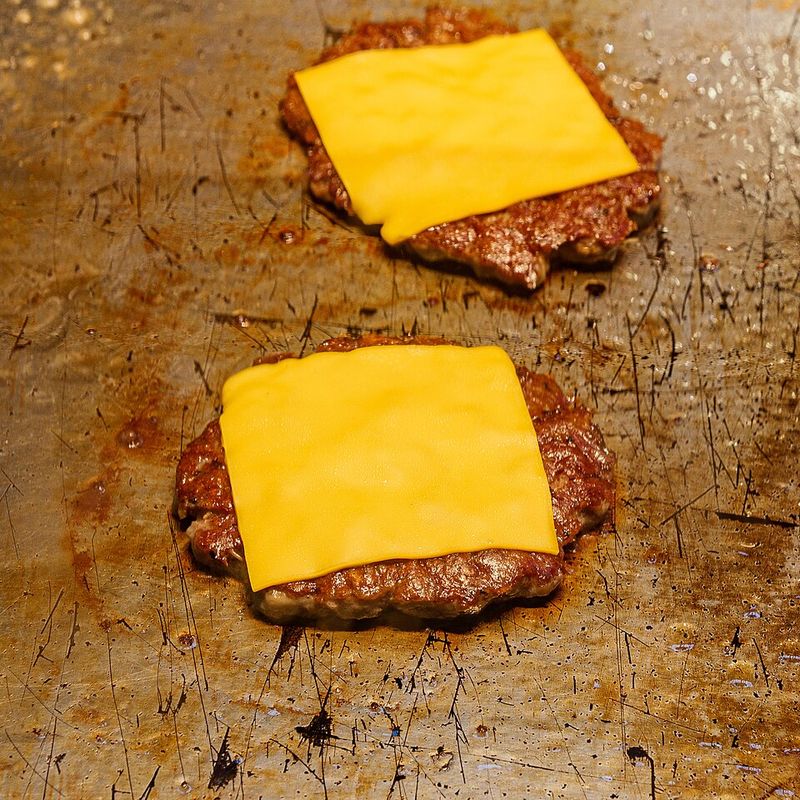
That vibrant orange hue doesn’t happen naturally. Manufacturers add colorants like annatto or artificial dyes to achieve the signature look people expect.
Meanwhile, authentic cheese gets its color from the milk itself and whatever the cows ate. Some traditional varieties are naturally pale, others slightly yellow. Artificial coloring is another clue you’re dealing with something engineered for consistency rather than crafted through natural aging.
7. Longer Shelf Life Than Traditional Cheese
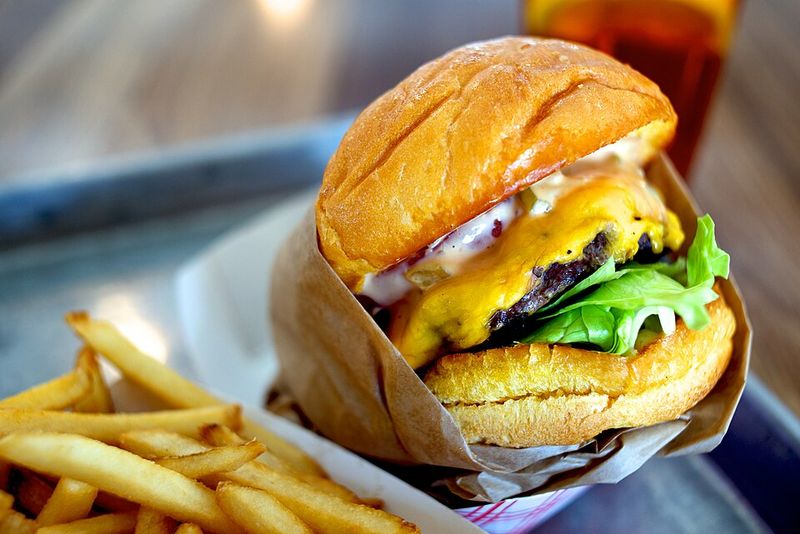
Check those expiration dates and prepare to be amazed. American cheese can sit in your fridge for months without spoiling, while real cheese might develop mold within weeks.
Preservatives and processing techniques extend freshness far beyond what nature intended. Authentic cheese is a living food with active cultures that continue changing over time. When something lasts forever in your fridge, it’s probably been heavily modified from its original form.
8. Often Made From Cheese Blends
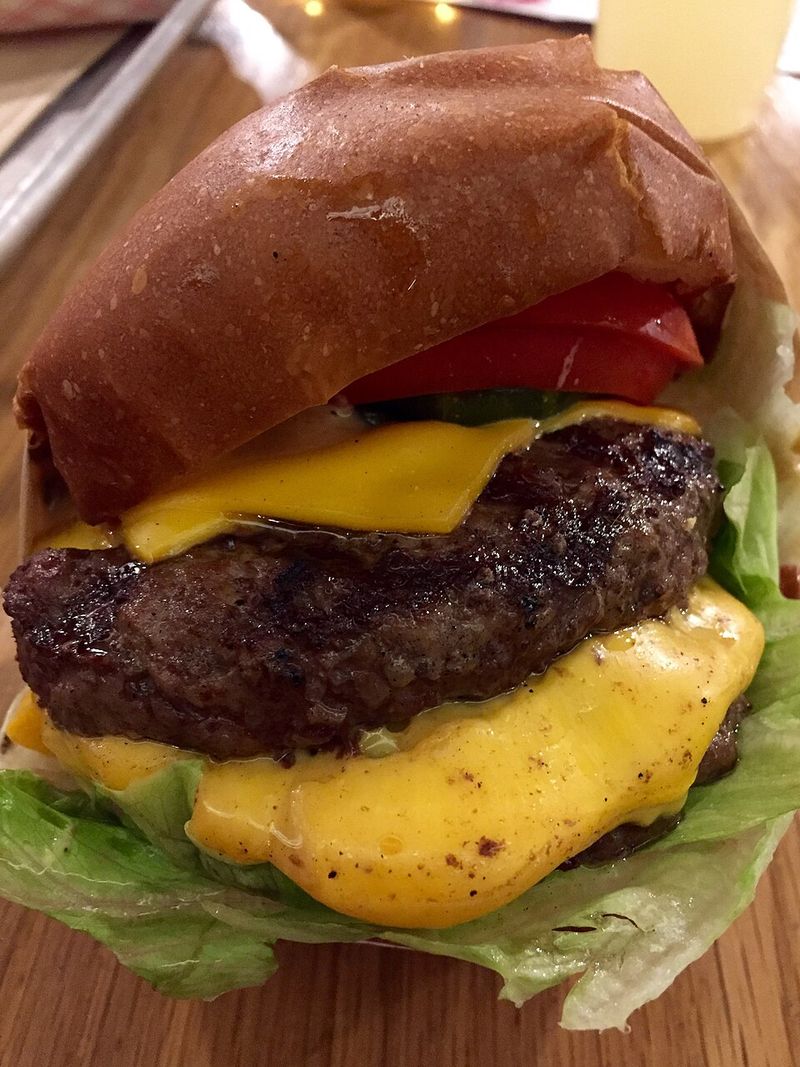
Imagine taking leftover cheddar, colby, and whatever else is available, then melting them all together. That’s basically how American cheese starts its journey.
Real cheese comes from a single batch of milk, carefully cultured and aged. But processed varieties combine multiple cheese types, then add extras to create a uniform product. Blending might sound efficient, but it eliminates the unique character that makes traditional cheese special and distinct.

